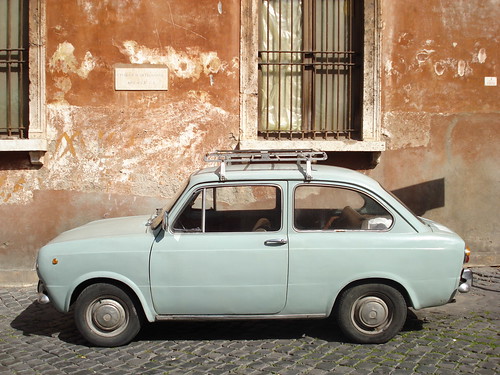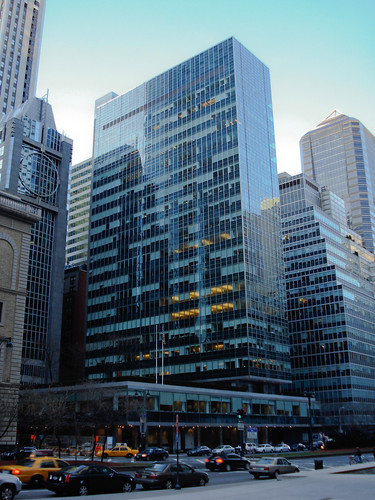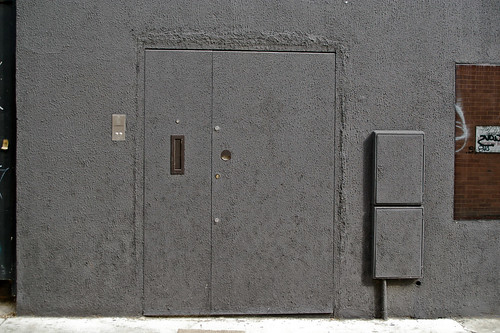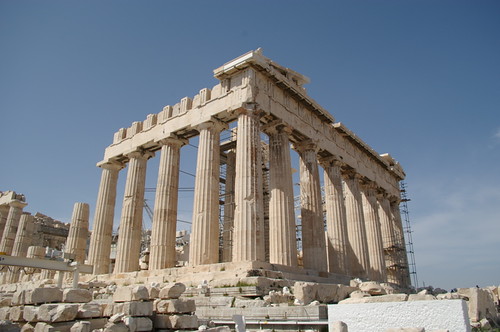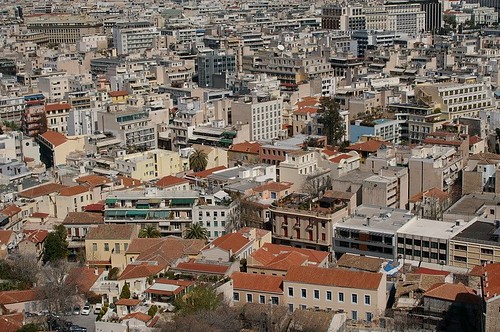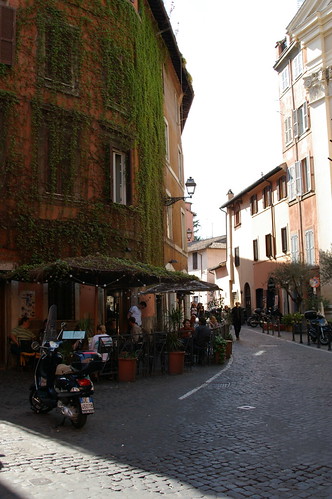
After three days in Rome the feeling of incomprehension amidst a city whose center is composed almost entirely of exquisite architecture laced with innumerable masterpieces has not diminished in the slightest. It is not only the buildings, which would be enough to keep me thoroughly happy for years, but the urban spaces, network of streets, cobblestones, statues, monuments and the wonderful cafe lifestyle, traffic that seems to be imported from Delhi, beautiful people and brilliant sunshine that illuminates the city and brings, what could be seen as a museum, to life. The only downfalls, that I have found so far (it is only three days and I don't speak the language yet so I really have no idea) are the illegal street vendors and millions of tourists which diminish the experience of this archetypal city. It is amazing to be in St Peters and I can only imagine what it would be like during mass without a thousand tourists taking photos, but like so many 'must see attractions' the possibility of sitting alone to absorb them is asking way to much most of the time.
On arrival and as I walking into the centre of Rome I was mesmerised by the facades of the buildings, after a while because of the flatness of so many of the facades I got the impression that it was somehow superficial whilst exquisite. Discovering what lay behind so many of these facades though this initial impression evaporated and the world of incredibly high ceilings, vaulted arcades, painted ceilings, centuries old paintings and sculptures, marble floors, courtyards and countless other details was all a bit much. I was lucky enough to be in the Galleria Doria Pamphilj and the tempietto of San Pietro by myself and spent a number of hours wandering through the rooms of the Galleria trying to work out at what point Architecture, at least that which has large budgets, became stripped of so much of what makes these spaces so impressive. Not so much the paintings and ornament which could be seen as total overkill. The Vatican Museum was unlike anything I have ever seen. The quality and proportions of the spaces and the durability of the construction is remarkable and a constant reminder of the importance and influence of classical Italian Architecture. Going to EUR was an excellent way to be reminded of something other than Renaissance and Baroque masterpieces. Long story.
It goes without saying that there is a lot to be said for three or more course meals and espresso. I am particularly fond of fried stuffed zucchini flowers at the moment.
Having been to four enormous cities in as many weeks I am off to Milan tomorrow morning where I intend to find a house and a job. It has been an amazing experience and I am feeling recharged and inspired and looking forward to being in one place and taking it all in without feeling the desire to get up and run around all day trying to see as much as possible. It is also about to get very interesting and more than likely difficult and stressful.
